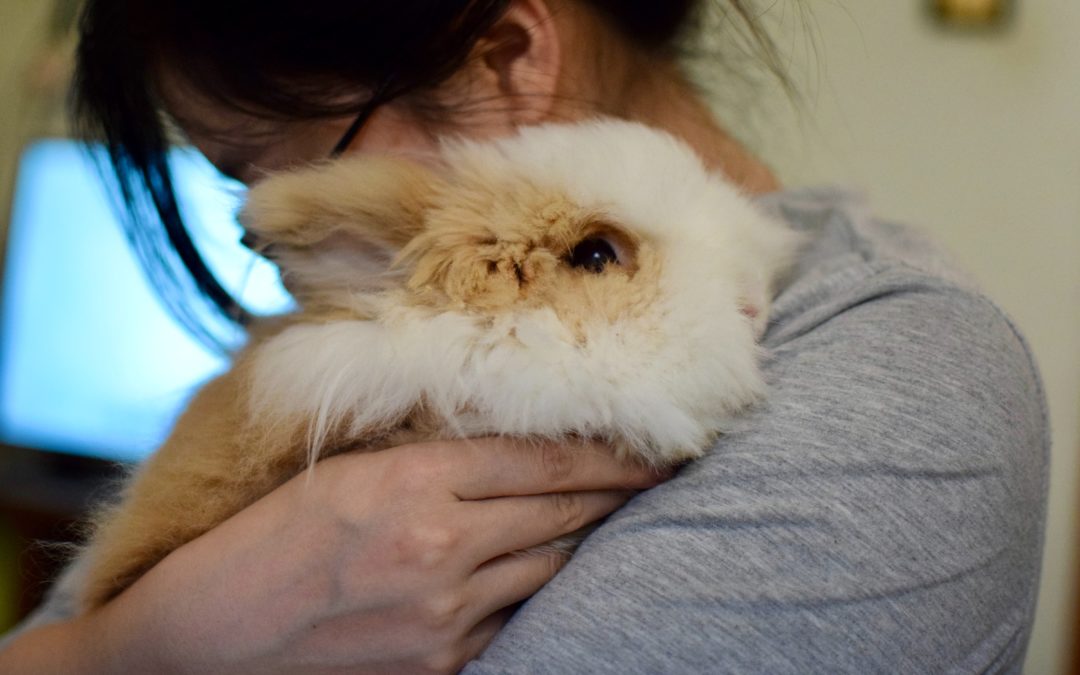When you decide to foster a rescue pet, you are giving that pet a second chance at life. To set aside time and energy to help save a homeless pet; It is the most selfless thing you can do to!
We believe pets belong in a home and not stuck in some boarding facility. Because of that, Paw Prints in the Sand is a 100% foster-based rescue organization. We cannot save a life without a dedicated foster in place.
So, now you’ve made the decision to become a foster parent. What’s next? Well, we’re here to help! Fostering is free and temporary. All you have to do is care.
How to Become a Foster Parent
To become a foster parent, you must first decide that you are ready to make the commitment and that your home is ready to welcome a foster pet. When you are ready to foster, contact local rescues and complete their foster application. Make sure to include the level of responsibility you are able make (a week? A month? Until adopted?). Once you have completed and sent in your foster application, the rescue will contact you to conduct an interview, discuss your application and schedule a home check. They will also discuss the fostering process and get a better idea of the best type of pet for your home and capabilities. Some fosters can only take in small dogs; some only want puppies or kittens, and some are able to take in larger dominant breeds dogs. The rescue will also take into account your personality, work schedule, activity level, physical capability, experience, and the personalities, breeds and temperaments of your own pets.
Once you are approved and available to foster, the rescue will match you with a pet in need and will make arrangements to get your new foster pet to your home. With over 7,500 companion animals euthanized daily in our nation’s shelter system, there is always an immediate need for foster homes.
Make sure the rescue for which you chose to foster provides all vetting, food and supplies. Also, make sure they properly network their foster pets for adoption.
Most rescues have private Facebook groups that include all of their fosters and volunteers, which is a portal for sharing rescue-specific information and events, fellow foster stories, seek advice, or just share photos of their foster pets. The rescue should also properly network available pets in their rescue across their social media sites and sites such as Adopt-A-Pet and RescueMe.org
You Got Your Foster Pet, Now What?
Some rescues provide informative documentation and frequently asked questions that will help you with your new foster pet. When your rescue pet arrives, you should also receive any supplies provided by the rescue (such as food, medications, crates, leash and collar, toys, treats, shampoo, etc.). You should also receive an “Adopt Me” vest or bandana and rescue business cards to give to anyone who may be interested in adopting your foster pet. These supplies are for you to keep while you are fostering and should be returned to the rescue once your foster pet has been adopted, unless of course, you are going to foster again for the same rescue.
Start Loving Your Foster Pet!
The great majority of rescue pets have had a rough life – until you came along. You have now given them the opportunity to be in a loving home so start loving! This will increase the chances of your foster getting adopted, as they will become accustomed to being in a home and cared for like never before!
Help the Rescue Help You
To increase your foster pet’s chances of getting adopted, ‘Like’ the rescue’s Facebook page, follow them on Instagram, Twitter and any other of the rescue’s social media sites. Make sure to document your journey with your foster. Take lots of photos and videos that show just how fun and cute your foster pet is. If it is a medical needs case, document their progress. People love to see pets get happy and healthy! Make sure to share your photos and videos on your social media pages and those of the rescue for whom you are fostering. Also make sure to always include the rescue’s handles and hashtags, as well as other generic hashtags such as #adopt, #dogbreed (for example #pitbull, #lab #gsd) #rescue #adoptdontshop, #fosteringsaveslives, etc.
Once you get to know your foster pet, send the rescue photos and a bio with information about your foster’s personality, likes and dislikes, level of activity, etc. to help them best describe your foster on their adoption websites.
Always make sure to place your dog’s ‘Adopt me’ vest or bandana when taking him or her out for a walk so people know your foster is looking for its forever home. Give any interested adopters the rescue’s business card and adoption information. Don’t forget to add the rescue pet’s name on the card to help people remember in what pet they were interested and whom they met. Try to get their contact information as well to share it with your rescue.
What If I Need to Travel?
Just because you need to be away from home, it doesn’t mean that you cannot foster. If you have to go out of town for any reason such as work, vacation, emergency, etc., let your rescue know as soon as possible. Some rescues may allow you to take the pet with you. However, most will require the pet to stay in town so they can continue to network them or have them present at adoption events. Always make arrangements with your rescue for your foster pet. Typically, they will transfer your foster pet to a another foster in their network while you are away or the pet will be placed in short-term boarding. If you have someone coming to your home to take care of your own pets, and they are happy to care for your foster pet, make sure to provide the rescue with your pet sitter’s contact information. Please keep in mind that the foster pet is the responsibility of the rescue, and they need to know where the pet is and under whose care it is at all times.
What If There Are Any Medical Issues with My Foster Pet?
Medical questions and issues always come up! Contact your rescue as soon as possible to gain support or permission if medical attention is needed for your foster pet. Most rescues have approved veterinarians near their foster parents’ homes and will make an appointment for you. Always obtain treatment approval from the rescue, or you may be stuck paying for unapproved vetting costs.
Dog Parks and Play Dates
Dog parks can be fun for pets, but always discuss social outings with your rescue as not all dogs are fit for dog parks. Your foster dog may behave well, but that doesn’t mean other dogs at the park are well behaved or socialized. Additionally, most rescues do not know a rescue dog’s background and any emotional trauma through which he or she may have suffered. Most rescues do provide socialization and integration training and techniques. Always ensure your foster pet is friendly with others before you put him or her in a social setting.
What If I fall in Love with My Foster Pet?
It always happens: you save a pet from certain death, return it back to health and happiness, so you now have a bond with this pet. Chances are, you’ll fall in love and want to keep the pet for the rest of its life. This is what we (lovingly) call “Foster Failure”. Many rescues will allow you to adopt your foster pet. Let the rescue know as soon as you decide to do so, so they can let other potential adopters know the pet is no longer available. Some rescues require a deposit. Others will require a discounted adoption fee. You will also need to sign the rescue transfer agreement confirming that the pet is now in your care and your responsibility.
All rescues are different and provide different services so do your research to decide which rescue best fits your needs and fostering objectives. Paw Prints in the Sand is a 100% foster-based non-profit animal rescue. We are always looking for fosters of all kinds of pets: dogs, cats, long term, short term, young, old, etc. We pay for all vetting and provide all food and supplies as described above. If you are interested in fostering for Paw Prints in the Sand, please fill out our foster application by visiting www.pawprintsinthesand.org/foster


Recent Comments